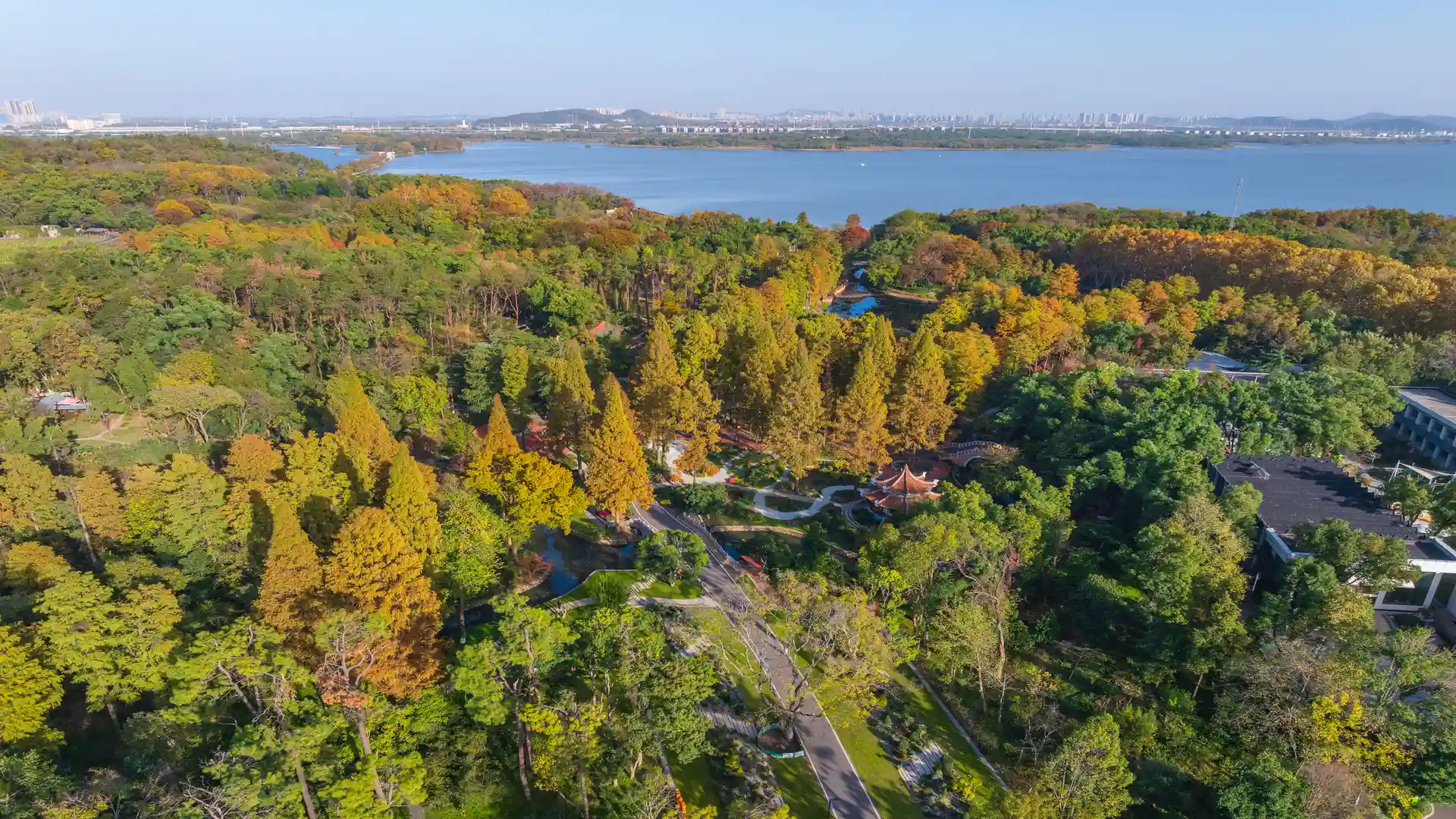Exploring the Wonders of Wuhan Botanical Garden in Hubei Province
Introduction:
Nestled in the heart of Hubei Province, the Wuhan Botanical Garden (洪山区) is a must-visit destination for nature enthusiasts and tourists alike. As a three-star attraction, this botanical garden, which is part of the Chinese Academy of Sciences, offers a unique blend of scientific research, conservation, and recreational activities. Located in the bustling city of Wuhan, this garden is a serene oasis that showcases the rich biodiversity of China and provides a glimpse into the region’s cultural and historical heritage.
Historical and Cultural Significance:
The Wuhan Botanical Garden, established in 1956, has a rich history that intertwines with the scientific and cultural development of China. It was one of the first botanical gardens to be established by the Chinese Academy of Sciences, reflecting the country’s commitment to botanical research and conservation. Over the years, the garden has played a pivotal role in the study of plant taxonomy, ecology, and the preservation of endangered species. It also serves as a living museum, showcasing the historical significance of plants in Chinese culture and their roles in traditional medicine, cuisine, and art.
Scenic Highlights and Natural Beauty:
1. Lush Greenery and Flora: The garden boasts a diverse collection of plant species, including rare and endangered flora native to China. Visitors can stroll through themed gardens that feature different ecosystems, such as the Wetland Garden, the Rock Garden, and the Medicinal Plant Garden.
2. Pavilions and Sculptures: Scattered throughout the garden are traditional Chinese pavilions and sculptures that add a touch of cultural elegance to the natural landscape. These structures provide restful spots for visitors to pause and appreciate the surrounding beauty.
3. Lake and Water Features: The garden’s central lake is a focal point for wildlife and a scenic backdrop for photographs. Visitors can enjoy boat rides or simply relax by the water, watching the ducks and fish that call the lake home.
4. Seasonal Displays: The garden is known for its seasonal displays, with different flowers and plants coming into bloom throughout the year. From the cherry blossoms in spring to the vibrant chrysanthemums in autumn, each season offers a new visual盛宴.
5. Educational Programs and Events: The Wuhan Botanical Garden is not just a place to admire nature; it’s also an educational hub. The garden hosts workshops, lectures, and special events that cater to both children and adults, fostering a deeper understanding and appreciation of botany and ecology.
6. Conservation Efforts: A visit to the Wuhan Botanical Garden is also an opportunity to witness firsthand the conservation efforts undertaken by the Chinese Academy of Sciences. The garden is actively involved in the protection and propagation of endangered species, making it a vital component in the global conservation movement.
Conclusion:
The Wuhan Botanical Garden in Hubei Province is more than just a garden; it’s a living testament to China’s rich botanical heritage and a beacon of ecological awareness. With its picturesque landscapes, diverse flora, and commitment to conservation, it offers a unique experience for tourists seeking both natural beauty and cultural enrichment. Whether you’re a botany buff or simply someone looking for a peaceful retreat in the heart of the city, the Wuhan Botanical Garden is a destination that should not be missed.
